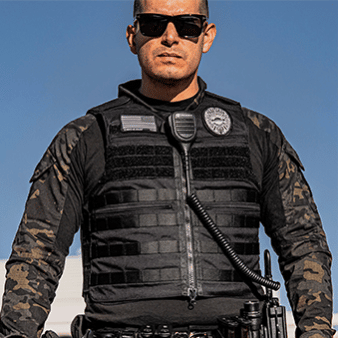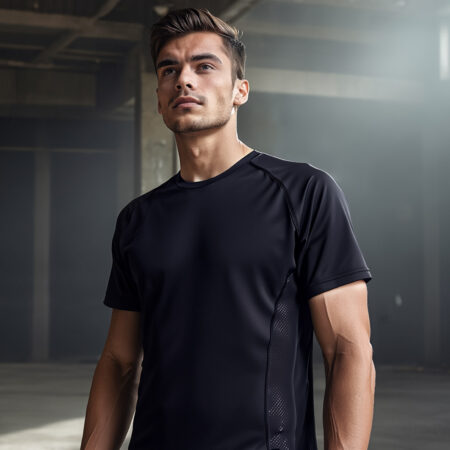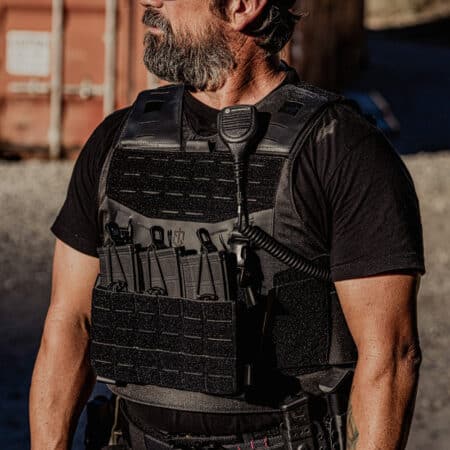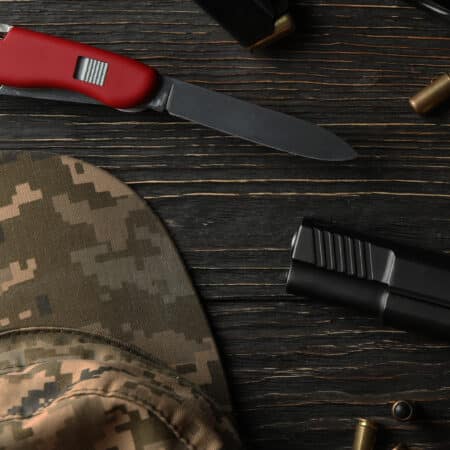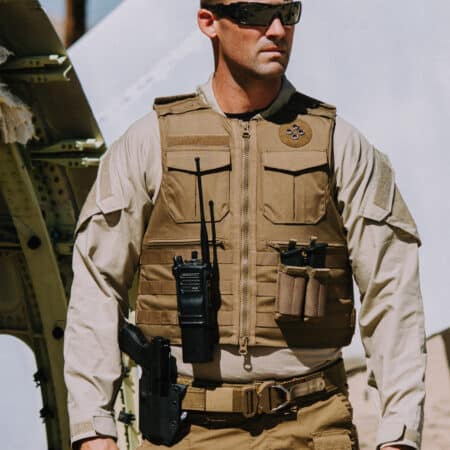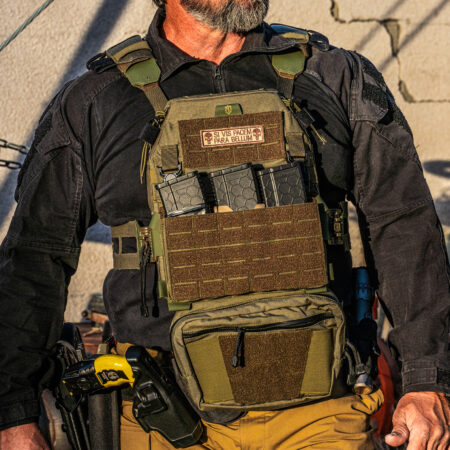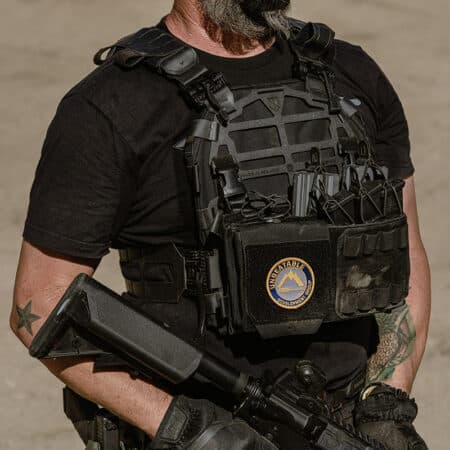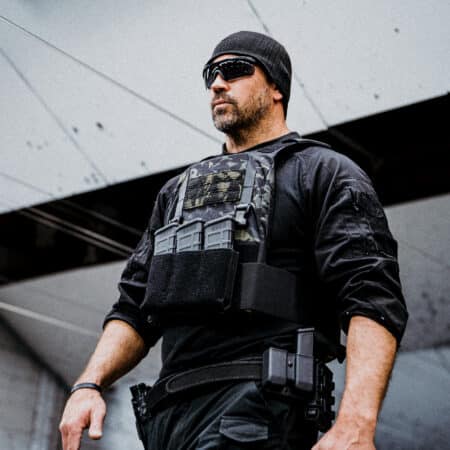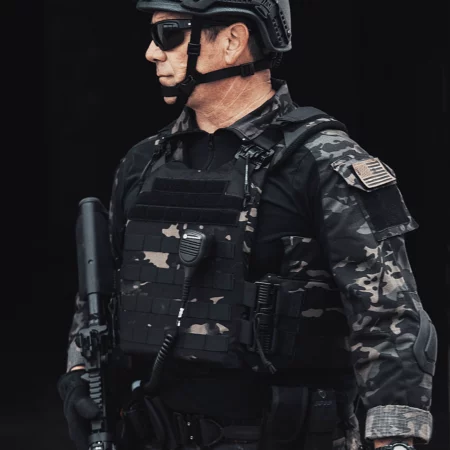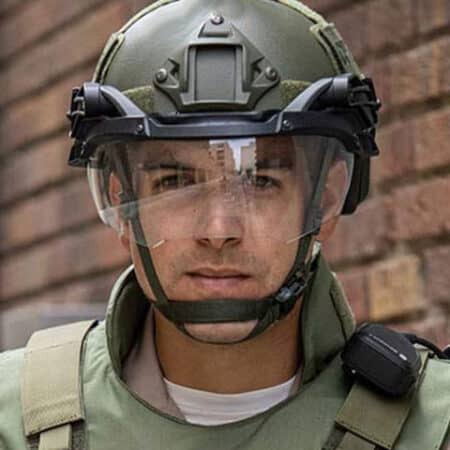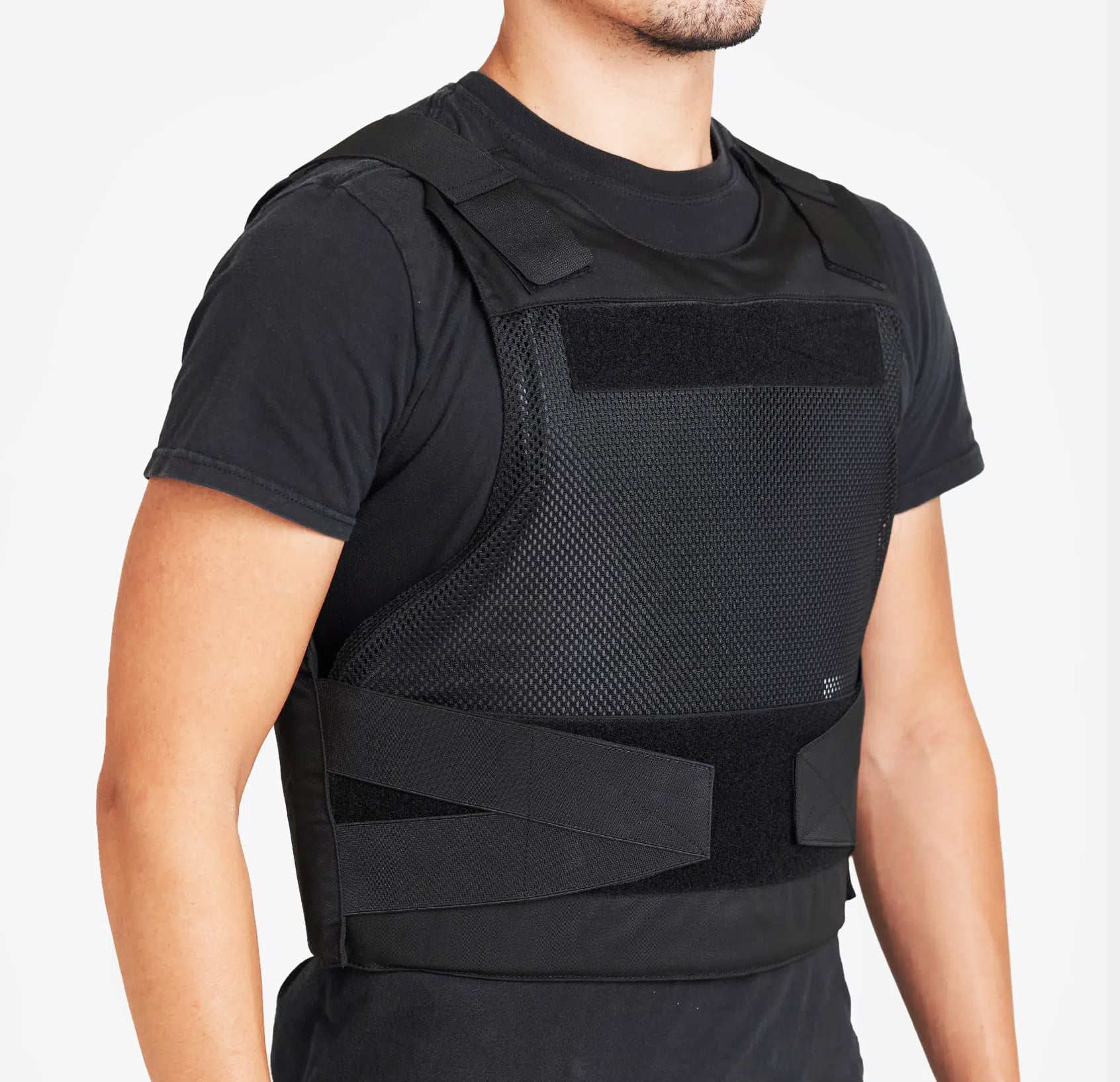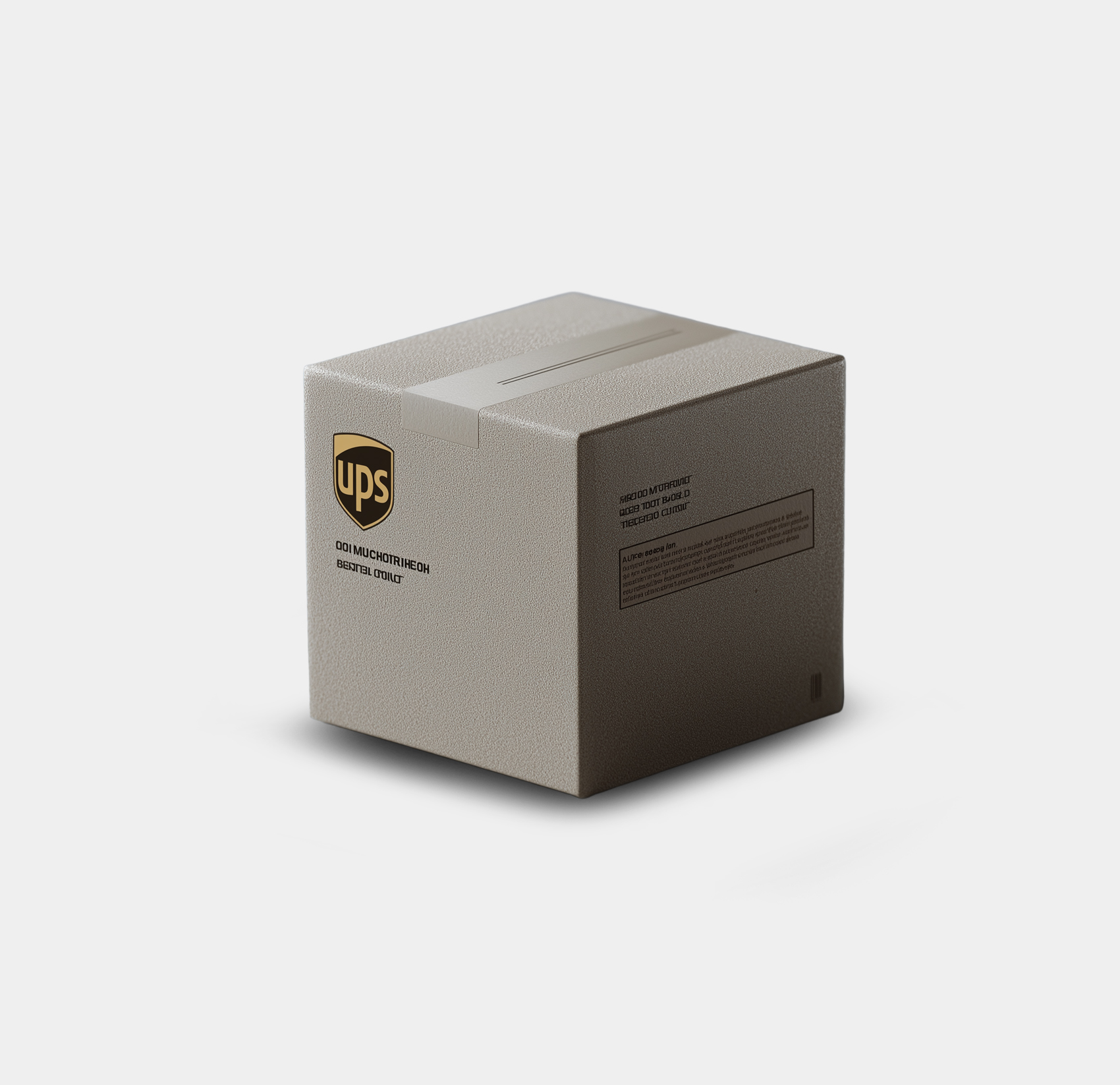Bulletproof Vests for Journalists: Safety Gear in Conflict Zones

In today’s ever-changing political landscape , Journalists often find themselves in the most dangerous places, in search of the truth. Whether it’s covering the news on the Frontlines of war zones, or facing the threats of targeted attacks in Urban environments, many Journalists put their lives on the line, to make sure that you and I can Stay informed.
In fact, according to UNESCO, 2023 was one of the deadliest years for Journalists who work in conflict zones, with killings almost doubling compared to the past three years.
So, if you are a Journalist, it is now more important than ever to invest in Personal Protection. Body armor is the best way to do so. In today’s post, we’ll talk about the threats and risks that come with honest journalism, and how Journalists can use body armor to stay safe.
Why do war correspondents need body armor?
Journalism, especially in conflict zones and high-risk areas, involves significant dangers, including physical threats, violence, and targeted attacks. Journalists working in Conflict Zones, covering wars and insurgencies, often find themselves in crossfire. In more severe cases, they might be subjected to kidnapping, torture, and Targeted Attacks.
An unfortunate incident like this happened back in 2012. When ISIS Terrorists Kidnapped an American journalist James Foley working as a freelance war correspondent during the Syrian Civil War. Despite efforts to find and rescue him, the terrorists held him captive for nearly 21 months, and then Brutally decapitated him in 2014.
Why to Civilian journalists need body armor?
On the other hand, journalists investigating corruption, organized crime, or sensitive political issues may face threats not only to their own lives but to their families as well.
The case of Chauncey Bailey, an Oakland-based journalist is a prominent example of this. Bailey was a seasoned journalist, doing investigative work against a locally organized crime syndicate known as “Your Black Muslim Bakery”. This chain of American Bakeries served as a cover for an organized crime ring involved in heinous crimes like Murder, Sexual Abuse, and Fraud.
Chauncey Bailey faced multiple death threats. He was eventually murdered on the morning of August 2, 2007, as he was walking to work. The Owner of the Bakery, Yousof Bey was later convicted of ordering the hit on Bailey, after a member of his organization, who pulled the trigger on Bailey, was caught. The trigger man confessed to the murder and testified against Bey as well for a reduced sentence
So, Journalists need to take their personal protection very seriously. One of the best ways to do so is to invest in a bulletproof vest. Whether they are working in active combat zones, or investigating urban crime, they face a constant threat of attack, and body armor can save their lives.
What Kind of Armor Should Combat Journalists Use?
According to international humanitarian law, journalists are considered civilians and are protected under the Geneva Conventions and their Additional Protocols, provided they are not directly participating in hostilities. Therefore, Journalists tend to wear armor that is different from active combatants.
Where Soldiers wear vests that may have camo patterns that help them blend into their environments, most Journalists wear vests that make them more prominent as members of the press. Many journalists wear blue vests that prominently display the words “PRESS” or “MEDIA” in large, clear letters on both the front and back. This helps distinguish them from military personnel and combatants.
They usually also carry their press credentials or identification badges on them, so that they can easily identify themselves at check posts, and other military setups.
As far as protection levels and other features are concerned, this depends more upon the situation where the Journalists are reporting from. In active war zones, where high caliber bullets and Shrapnel are flying everywhere, they may prefer using hard armor plates, however, their armor may have additional protection panels, like shoulder pads, collars, and groin guards. The Ace Link Armor MSOV tactical vest is perfect for Combat Journalists who are looking for the best Coverage and Protection.
Concealable Armor for Journalists
Combat Journalists aren’t the only ones who need body armor for personal protection. In fact, even civilian investigative journalists, whether delving into urban crime or exposing corruption, frequently find themselves needing daily protection. This is where concealable body armor comes in.
In urban environments, journalists must maintain a low profile to avoid drawing unnecessary attention. Concealable body armor options such as the Ace Link Armor Spectre vest or concealed tactical shirts like the Apex Concealed Tactical T-Shirt provide effective protection while allowing journalists to blend in seamlessly and carry out their work discreetly.
Product Comparison
Ballistic helmets for Combat Journalists
Most combat Journalists also use ballistic helmets when they are working in high-risk environments. These helmets provide crucial protection against ballistic threats such as shrapnel and gunfire, enhancing the safety of journalists amidst the chaos of conflict zones. Additionally, the internal padding and retention systems of the helmet improve protection against blunt force trauma, helping Journalists stay safe if they fall, or are hit by heavy debris on the head.
The Ace Link Armor PASGT Ballistic helmet is ideal for Journalists serving in active combat zones. It is a lightweight helmet that provides enhanced coverage, and NIJ Level IIIA ballistic protection. Additionally, because of its Non-technical appearance, it helps distinguish Journalists from active combatants.
Final Thoughts
In conclusion, in today’s volatile world where journalists face increasing threats and dangers, investing in personal protection such as bulletproof vests and ballistic helmets is not just a choice but a necessity. Whether reporting from active conflict zones or investigating sensitive urban issues, journalists must prioritize their safety to continue fulfilling their vital role in bringing crucial information to light. By using specialized body armor designed for their unique needs, journalists can enhance their safety while ensuring they can operate effectively and securely in even the most hazardous environments.


